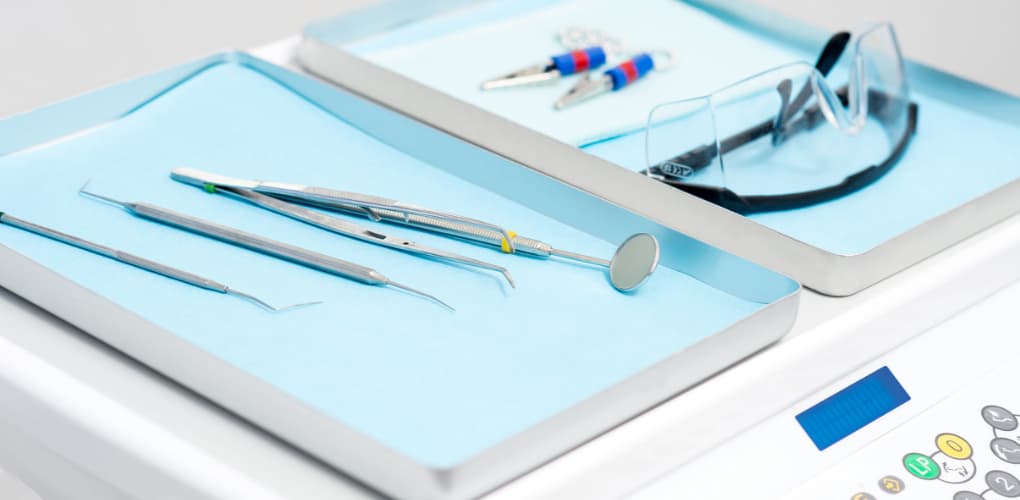14 Steps to Mitigate Potential Liability Risks Related to Technology

This article was originally printed in our First Quarter 2022 issue of The Scope: Dental Edition and was authored by Danielle Mikalajunas Fogel, then an attorney with Fager Amsler Keller & Schoppmann, LLP, before she was elected to the bench as the Hon. Danielle M. Fogel, J.S.C., and Shelly Kriete, a Risk Management Consultant with MLMIC Insurance Company. Read more articles from the publication here.
Using technology in your dental practice can be a great way to increase efficiency in care delivery, improve the patient experience and reduce costs to help maintain your office’s financial stability. But it’s paramount that dentists ensure efficient and safe technology interoperability to keep patients safe and minimize liability risk.
To stay vigilant and mitigate potential liability risks related to technology, please consider the following recommendations:
- Establish an enterprise-wide management plan to support patient safety by creating policies, guidelines for use and roles and responsibilities for technology and interoperability processes. It is important to maintain strong communication between the clinical engineering and IT departments and to involve your Risk Manager in the development of these programs.
- Develop a multidisciplinary “Selection, Acquisition and Replacement Plan” to address:
- Organizational needs
- Regulatory requirements
- Technology obsolescence
- Opportunities to increase services and/or technology
- Standardization of processes and devices, where possible
- Additional budgetary considerations
- Maintain inventory and records documentation:
- Include all equipment and devices.
- Develop a criticality rating system, which is used to determine how often equipment should be inspected or maintained.
- Outline inspection and maintenance schedules.
- Document any testing and calibration prior to initial use, as well as inspections, maintenance and repair activities, including who performed the work, full device identification (model and serial number, internal tracking numbers, etc.), device location and any manufacturer-specific requirements.
- Establish a change control plan to specifically address compatibility and connectivity needs with new or updated devices and applications:
- Assess whether customizations still function appropriately following updates.
- Review interface maps.
- Consider contract language requiring technology vendors to provide advance notice of impending changes.
- Perform periodic functionality testing, which is especially important following any security updates.
- Provide the following guidance for the management of unexpected events:
- Provide immediate care for the patient, if required.
- Remove suspect or malfunctioning equipment from use.
- Sequester the piece of equipment using lockout-tagout, a safety procedure used to ensure that machines are properly shut off and not able to be started up again prior to the completion of maintenance or repair work.
- Promptly notify your professional and general liability carrier if patient harm occurred as a result of equipment malfunctioning. Contact your liability carrier before returning the device to the vendor or sending it for outside inspection.
- Include these events in your event reporting system.
- Monitor all device recalls and alerts.
- Maintain a strong and ongoing training and competency program.
- Education should be provided by a knowledgeable expert.
- Communicate to staff the importance of reporting issues or suspected issues.
- Address any non-standardization/differences in devices that may look alike, but function differently:
- Alarm parameters
- Dose and rate settings on pumps
- Connections and tubing, etc.
- Explain default settings and how to appropriately change them if necessary.
- Establish quality/risk activities specific to each technology and its interoperability requirements.
- Track trends and analyze events that involve technology interoperability as a contributing factor.
- Develop a policy and procedure for instances when patients are allowed to use their own devices, as the facility or practice may be at risk of liability for issues such as appropriate use, proper maintenance, repair or storage. According to ECRI, “The key question to consider is, ‘Is there a risk of serious injury or death should the equipment fail?’”
Follow these guidelines to ensure your practice is using technology safely. MLMIC policyholders can contact a team of risk management professionals 24/7 at no additional cost by calling (844) 667-5291 or emailing hotline@tmglawny.com.
If you would like to read other information for dentists, visit our resources page. Visit our blog to read more advice from legal experts, as well as tips for new dentists, industry news and case studies. Follow us on Twitter and LinkedIn for the latest updates.



